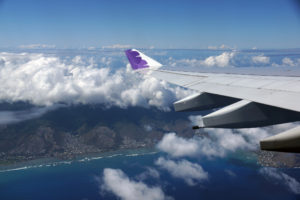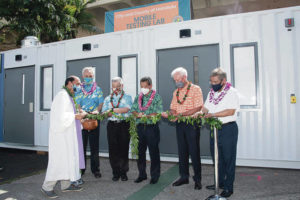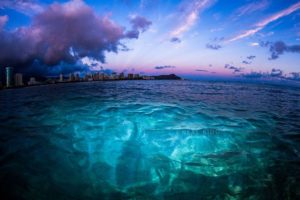Spotting humpback whales in Hawaii can be a thrilling and rewarding experience.
As these majestic creatures migrate to the warm waters of the islands during the winter months, there are several effective ways to increase your chances of seeing them up close. Here are some of the best methods for spotting humpback whales in Hawaii:
Choose the Ideal Time of Year for Spotting Whales in Hawaii
The best time of year to see humpback whales in Hawaii is during the winter months, specifically from December to April.
This period coincides with the humpback whales’ annual migration from their feeding grounds in the cold, nutrient-rich waters of Alaska and other northern regions to the warm, shallow waters surrounding Hawaii.
There are a few reasons why this time of year is ideal for whale-watching in Hawaii:
Breeding and Calving
The main reason humpback whales migrate to Hawaii is for breeding and calving. The warm waters of Hawaii provide a safe and comfortable environment for female humpbacks to give birth to their calves. The shallow, protected bays and coastal areas offer protection from predators, reducing the risk of calf predation.
Courtship and Mating Behaviors
During the winter months, male humpback whales actively engage in courtship rituals to attract females. These courtship behaviors can include breaching (leaping out of the water), tail slapping, and singing their mesmerizing songs. This makes the winter season an excellent time to witness the awe-inspiring displays of acrobatics and hear the hauntingly beautiful songs of the humpback whales.
Accessibility
Since the whales migrate to Hawaii’s nearshore waters during winter, they are much easier to spot from land or on whale-watching tours. The whales often come close to the coast, providing ample opportunities for locals and tourists to witness these majestic creatures in their natural habitat.
While the peak whale-watching season is from December to April, the exact timing of the whales’ arrival and departure can vary slightly from year to year. Some whales may arrive earlier in December, while others may linger in Hawaiian waters until May before beginning their journey back to their northern feeding grounds. Regardless, the winter months are undoubtedly the best time to experience the majestic humpback whales in Hawaii’s beautiful oceans.
Join a Whale-Watching Tour
Taking a guided whale-watching tour with experienced captains and naturalists is one of the best ways to see humpback whales. There are numerous whale-watching tour operators on the main Hawaiian islands, such as Oahu, Maui, Kauai, and the Big Island. These tours typically have knowledgeable guides who can provide valuable insights into the whales’ behavior and habitat while ensuring that all regulations for whale-watching are followed to protect the animals.
See Whales From Oceanfront Lookout Points
Hawaii’s coastal areas often have designated oceanfront lookout points, especially in popular whale-watching locations. These lookout points offer panoramic views of the sea, making it possible to spot humpback whales from the shore. Some of the best-known spots for land-based whale-watching include Makapu’u Point on Oahu, Pu’u Olai (Red Hill) on Maui, and Kilauea Point on Kauai.
Boat Cruises Can Turn into Whale-Watching Trips
Beyond specialized whale-watching tours, various other boat cruises, such as snorkeling trips, sunset cruises, or sailing excursions, often offer opportunities for whale sightings. While these may not be dedicated whale-watching tours, it’s not uncommon for boats to encounter humpback whales during their regular itineraries, especially during the peak whale-watching season.
Don’t Forget Binoculars and Cameras
If you’re whale-watching from land, carrying a pair of binoculars can greatly enhance your ability to spot humpback whales, especially when they are further offshore. Additionally, bringing along a camera with a telephoto lens allows you to capture breathtaking moments and memories of these gentle giants.
Stay Informed About Whale Activity
Check with local visitor centers, marine sanctuaries, or whale-watching tour operators for the latest updates on whale sightings and migration patterns. They often provide valuable information about recent whale activity, giving you the best chance of planning your whale-watching experience at the right time and location.
Exercise Patience and Respect
Whale-watching is a natural and wild experience, so it’s essential to practice patience and respect for the animals.
Keep a safe distance from the whales, as mandated by whale-watching regulations, to avoid disturbing their natural behaviors. Binoculars and long lenses are recommended to observe them without getting too close.
Remember that humpback whales are protected under the Marine Mammal Protection Act, and it is crucial to prioritize their well-being and conservation while enjoying these incredible encounters.
By choosing reputable tour operators, following guidelines, and approaching these gentle giants with care, you can have a memorable and responsible humpback whale-watching experience in the beautiful waters of Hawaii.








